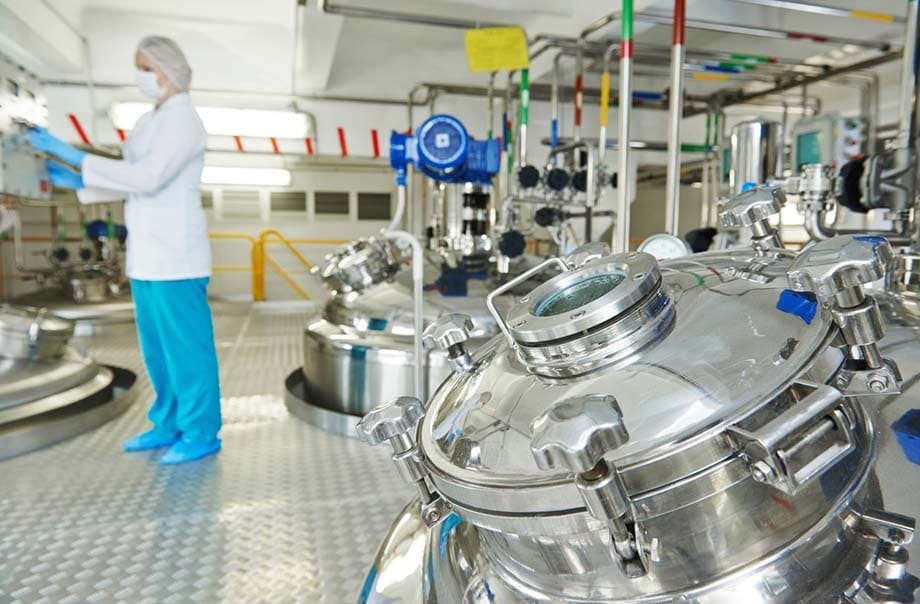
Industrial blenders are crucial in streamlining production and ensuring consistency across various sectors. From food processing and pharmaceuticals to chemicals and construction materials, these machines are essential for efficiently mixing, homogenizing, and blending ingredients. Their ability to handle small-scale and large-scale operations makes them indispensable to modern manufacturing processes.
An industrial mixer is engineered to meet the rigorous demands of diverse industrial environments. Whether dealing with powders, pastes, or liquids, it provides reliable performance and adaptability to different materials and batch sizes. These mixers contribute to higher product quality and operational efficiency by maintaining uniformity and improving throughput. As industries continue to evolve, the role of these machines remains foundational to innovation and productivity.
Food and Beverage Industry
Industrial blenders are crucial in the food and beverage industry to achieve product uniformity in various products. They ensure consistent taste, texture, and aroma, protecting brand reputation and consumer loyalty. They also facilitate efficient ingredient incorporation and accommodate large-batch production demands. Automation features reduce labor costs and human error, ensuring sensitive ingredients are mixed at the correct temperatures. Industrial blenders also meet stringent food safety standards, with modern models offering sanitation features like Clean-in-Place (CIP) systems. They minimize waste and facilitate product changeovers, increasing operational efficiency and maximizing profit margins by reducing product loss and improving resource management.
Pharmaceutical Industry
The pharmaceutical industry requires precise mixing accuracy for the safety and efficacy of medications. Uniform mixing is legal and requires blenders designed with strict hygiene and validation standards. These blenders have easy-clean surfaces, controlled environments, and stainless steel construction. They also comply with government regulations like FDA and GMP guidelines, ensuring batch-to-batch consistency. Manufacturers subject their blending processes to validation protocols and documentation to meet regulatory scrutiny.
Chemical Manufacturing
Chemical manufacturing requires homogeneity of raw materials for downstream processing and product quality, especially in adhesives, paints, detergents, and sealants. Industrial blenders are designed for toughness and have abrasion-resistant construction and corrosion-resistant linings to mix harsh solvents or abrasive powders. Process reliability is crucial, as deviations can lead to hazardous outcomes or costly rework. Properly selected blenders boost production scalability and control mixing time and temperature, directly impacting yield and consistency. Intelligent monitoring systems alert operators to changes, reducing off-spec batches and upholding product safety standards.
Technological Advancements in Blending
Blenders now have intelligent systems that offer real-time data logging, automated recipe management, and predictive maintenance alerts. These features help reduce unscheduled downtime, improve quality, and streamline compliance reporting. Smart sensors and feedback controls allow for precise blending speeds, durations, and torque adjustment, enabling increased throughput, energy savings, and reduced waste. Predictive analytics uses historical performance data to anticipate equipment maintenance needs, preventing catastrophic failures. Innovative data interfaces enable remote monitoring, benefiting facilities with global-scale operations or 24/7 production schedules.
Choosing the Right Industrial Blender
Choosing the right industrial blender is crucial for businesses, as it requires careful evaluation of processing needs, capacity requirements, compatibility with raw materials, and ease of cleaning. It also involves considering the complexity of recipes, energy efficiency, safety mechanisms, reliability, and after-sales support. Manufacturers must weigh the pros and cons of mixer geometries, such as ribbon and paddle blenders, to match blend quality and speed with operational demands. The overall value of an industrial blender is determined by its purchase price, ease of maintenance, spare parts cost, and adaptability to expanding production needs.
Leave a Reply